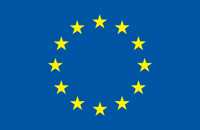Case Studies
InnovaConcrete case studies
InnovaConcrete selected several monuments around Europe to validate the different solutions proposed. In this section you can find detail information about the condition assessment, document findings, sampling process and definition of repair approach in this sites.
Filters
Symptoms and/or visible damages
Causes of structure corrosion
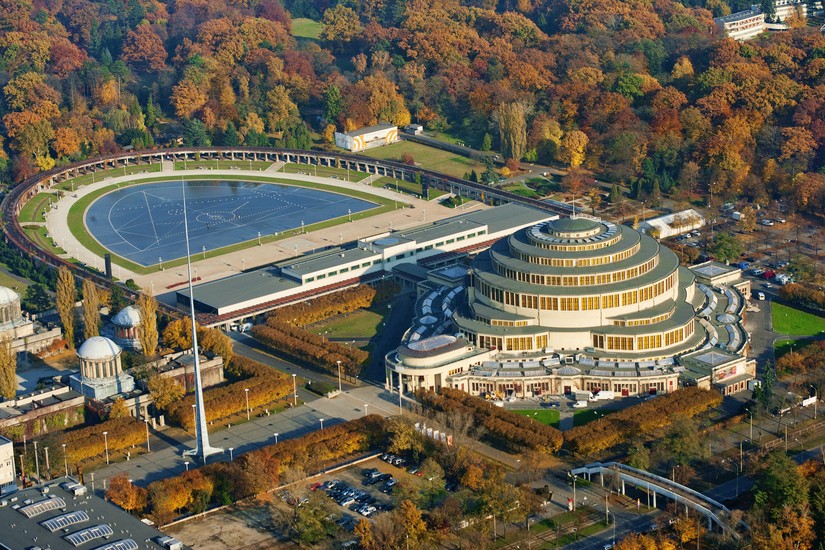
Centennial Hall
Poland
Max Berg designed this emblematic building, a symbol of the city of Wrocław, and a UNESCO World Heritage Site. The Centennial Hall represents a milestone in the development of reinforced concrete technology worldwide. It is a multifunctional building located on the grounds of the city’s trade fair, where there are contributions from the most outstanding names in German architecture of the period, from Hans Poelzig to Hans Scharoun. In this environment conducive to innovation, Berg was able to create a building – drawing on historic models – that combined an innovative use of a new technology with an optimal aesthetic result, opening up a myriad of new paths for experimentation.
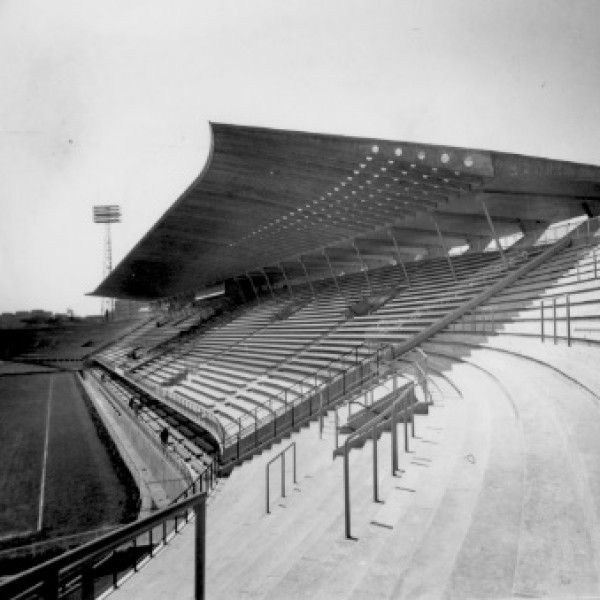
Flaminio
ITALY
The Flaminio Stadium (Fig. 9.1), designed by Pier Luigi and Antonio Nervi, was built between 1957 and 1958 and inaugurated in 1959 on the occasion of the 17th Rome Olympics (1960). The stadium can contain about 50,000 spectators and also includes four gyms and a swimming pool located under the main stand, a bar, locker rooms and a first aid area. All the facilities were built with stateof- the-art building systems, using exposed reinforced concrete with a roof made of a partially prefabricated canopy
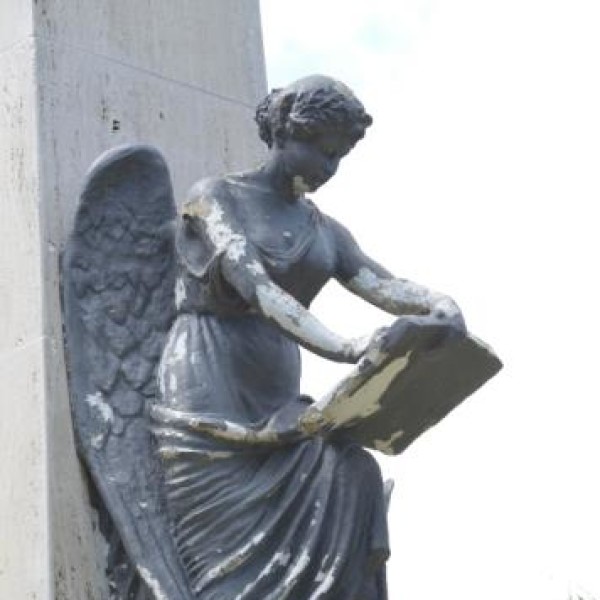
Torricella
ITALY
The climate in Abruzzo, Italy, is strongly influenced by the Central Apennine Mountain range. The sub-mountainous area has a continental climate, with frequent frosts in winter and high temperatures, even above 30 °C, during summer. Rainfall is strongly affected by the presence of the Apennine mountain ridges, resulting in an annual precipitation average of 1500 mm.
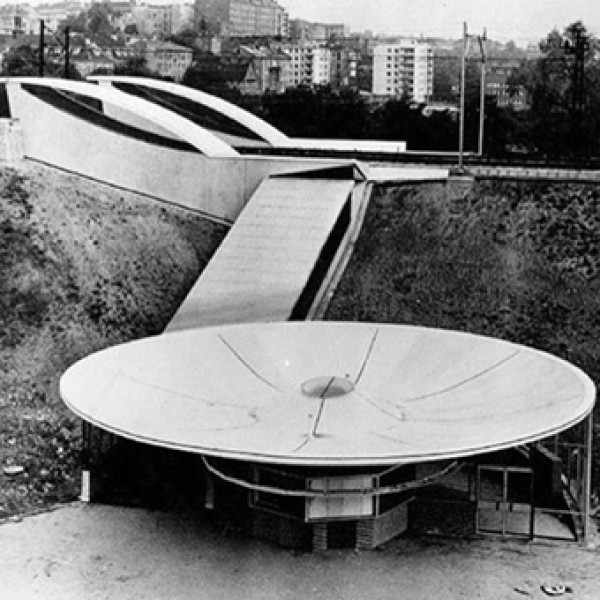
Warsaw
POLAND
The Srodmiescie WKD Station Pavilion is a canopy structure part of the Warsaw Commuter Railway WKD Terminus. Located in Warsaw city centre, belongs to Poland’s capital Cross-City railway Line and is under the Polish Railway Administration management. Designed by Arseniusz Romanowicz and Piotr Szymaniak in 1956, the structure was not built until 1963. Srodmiescie WKD Station, together with four other stations: Central Station, Ochota, Powiśle, and Stadium. creates a unique architectural development, that carefully renovated is still in use and perfectly serves its function. Each of the station buildings was given a different form, which was a direct result of structural systems applied. Architects and engineers decided that they would search for a construction system, which would suit the station’s functional needs, always based on reinforced concrete thin-shells of different, unique shapes.
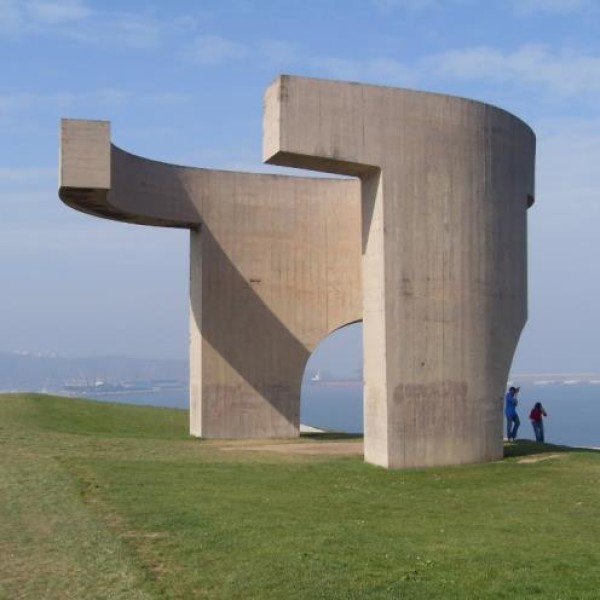
Gijon
SPAIN
The 9th of June the sculpture was open to the public. The author, Eduardo Chillida (San Sebastian, Spain 1924-2002) had in the horizon one of his fundamental theme in his work. In 1956 he made a first attempt in iron that was titled “del horizonte” (about the horizon). However, the idea of placing a large-scale work next to the sea to honor the horizon arose around 1985. First, Chillida created three small-format iron sculptures that were planned as projects of a great monumental work that “looked” on to the horizon.
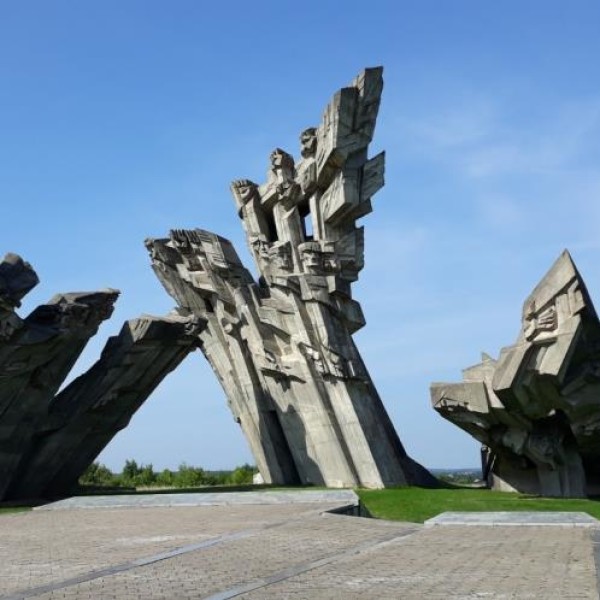
Kaunas
LITHUANIA
The Ninth Fort Monument is located in the North-West area of the Lithuanian city of Kaunas and belongs to the Ninth Fort Complex.


